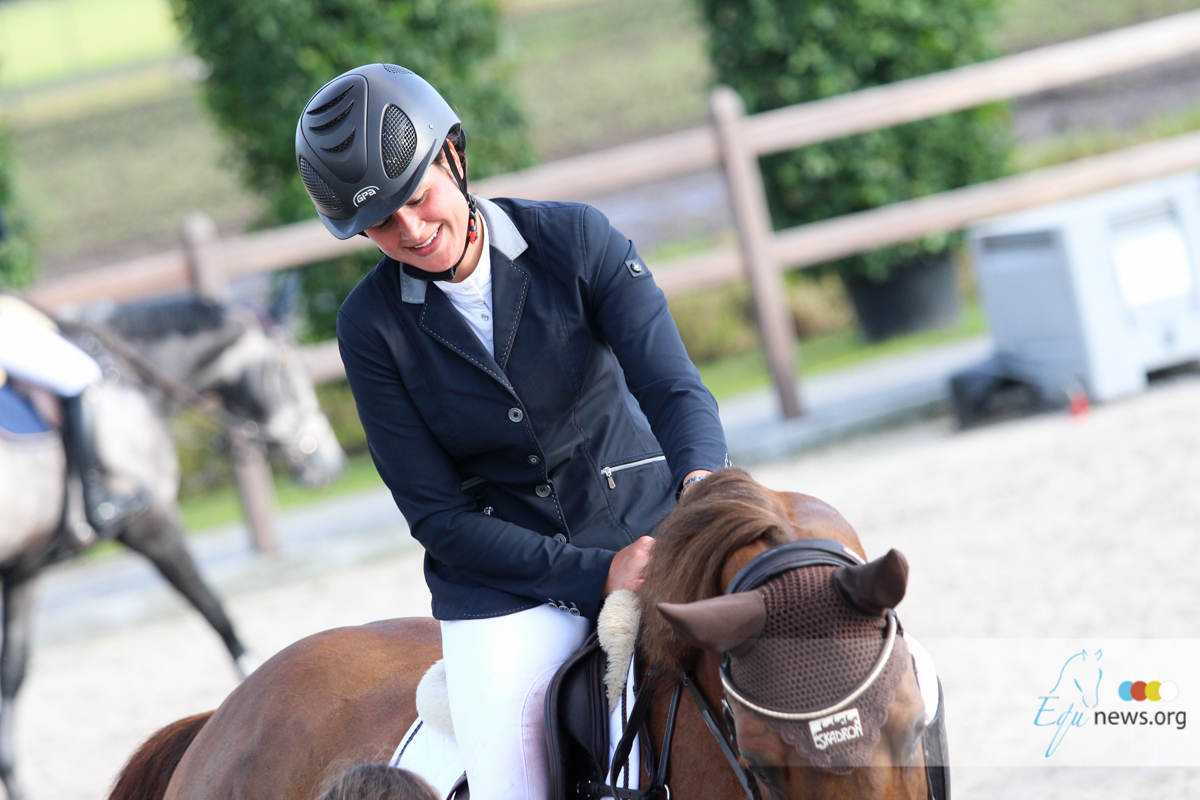The next time your horse develops foot pain, you might want to think outside the box when deciding what you think is causing the problem. While common ailments such as navicular disease, laminitis, or hoof abscesses are possible, they're not the only things that could be causing your four-legged friend pain. The distal (lower) aspect of the horse’s limb, from the mid-cannon bone down to the sole, has extremely complex anatomy and is subject to a multitude of injuries that can baffle even the most veteran veterinarians. In addition to the navicular bone, potential causes of foot pain include the deep digital flexor tendon, the collateral sesamoidean ligament of the navicular bone, and the distal sesamoidean impar ligament (the latter two of which make up the podotrochlear apparatus), among other structures. To improve veterinarians’ ability to definitively identify causes of foot pain, Dyson and colleagues from the Animal Health Trust examined medical records from 702 horses referred to the Centre for Equine Studies with front foot pain. Review of those records revealed: - Only 62 horses (8.8%) were ultimately diagnosed with navicular bone injuries; - 180 horses (25.6%) had injuries to the distal sesamoidean impar ligament and/or collateral sesamoidean ligament; - 69 horses (9.8%) had damage to the deep digital flexor tendon; and - 92 horses (13.1%) had navicular bone injuries in concert with damage to the podotrochlear apparatus with or without deep digital flexor tendon involvement. The team found that veterinarians reached those diagnoses through clinical examination, diagnostic analgesia (blocking), ultrasound, bone scans, radiography (X ray), and/or MRI. The researchers also found several clinical features that could potentially help veterinarians more specifically diagnose foot pain: - Horses with damage to the DDFT were more likely to exhibit pain when performing a tight circle than those diagnosed with other causes of foot pain; - Horses with injuries to the podotrochlear apparatus were more likely to be lame in only one forelimb; - Horses with other causes of lameness (i.e., not one of the four aforementioned causes) were less likely to be lame when trotting in a straight line; and - Diagnostic analgesia was not able to differentiate between the various causes of foot pain. “We also found that there was no statistical association between diagnosis of the causes of foot pain and X ray grading of the navicular bone,” Dyson added. “This means that even horses with changes to the navicular bone on X ray do not necessarily have navicular disease or only have navicular disease.” Still, nearly half of the horses included in the study had pain that was ultimately attributed to other causes than those listed above. Such causes included injuries to one of the coffin joint’s collateral ligaments, bone trauma of the coffin bone or short pastern, and injury of an ossified (hardened into bone) ungular cartilage (located on either side of the coffin bone, thought to function in shock absorption) and associated ligaments. “These results were obtained at a referral hospital and might not be applicable to the general equine population and, therefore, need to be interpreted with that in mind,” Dyson cautioned.



